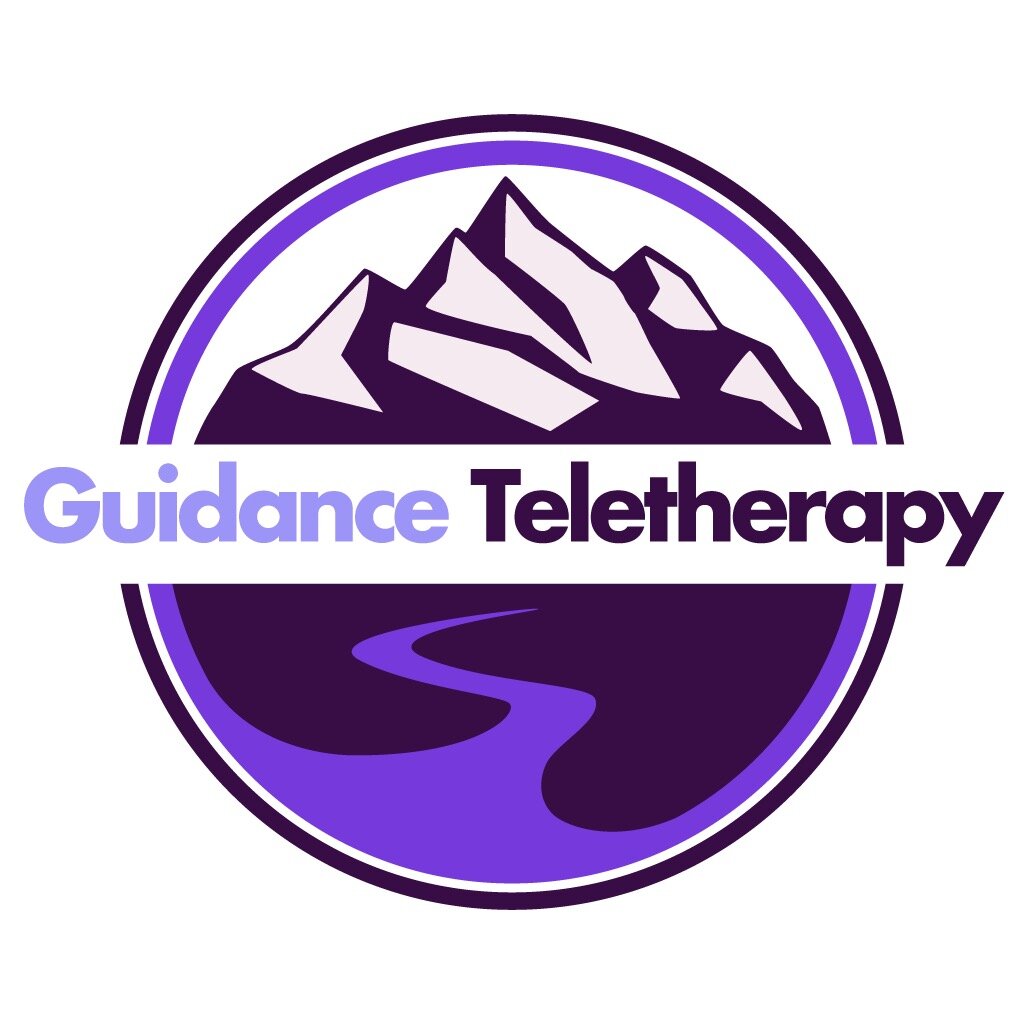Level Up Your Therapeutic Interventions With The Side Quest
Geek therapy is a therapeutic approach that uses the languages of pop culture, video games, comic books, and other geeky interests as a way to connect with clients. It transforms what people love into tools for understanding, growth, and healing. This approach is not about pathologizing geeky interests but leveraging them to create relatable and effective therapeutic interventions.
Today, we'll be exploring an exciting concept from the world of gaming: the "side quest."
In gaming, a side quest is an optional mission or task a player can choose to complete, separate from the main story or objective. Side quests can offer additional rewards, story insights, and character development opportunities. They add depth and richness to the gaming experience and can often be the source of unexpected fun and adventure.
So, how does this apply to therapy? Well, let's consider those real-life tasks that many clients find challenging or even daunting - like calling the insurance company, cleaning their room, or completing a job application. These tasks can feel like huge mountains to climb, and the stress surrounding them can lead to procrastination or avoidance. But what if we reframe these tasks as "side quests" in the grand adventure of life?
Here are 5 fun intervention ideas using the concept of the side quest:
Quest Log: Create a "Quest Log" with your clients. This can be a simple list or a decorated journal where they write down the tasks they must complete. Each task becomes a side quest with its title, objective, and potential rewards. This can help make mundane tasks feel more exciting and manageable.
Avatar Creation: Encourage your clients to create an avatar representing them. This avatar can gain strength, skills, or abilities as they complete their side quests. The physical representation of growth can help motivate clients and make the process fun.
Storytelling: Encourage clients to tell the story of their side quest. What villainous forces (obstacles) did they have to overcome? What magical items (resources) did they use? What allies (support network) helped them along the way?
Gamification Apps: Use apps that gamify task completion, like Habitica, which allows clients to create an avatar, complete tasks for rewards, and level up.
Quest Party: For group therapy settings, you could host a "Quest Party" where everyone shares their completed side quests and the challenges they overcame. This can be a great way to foster community and celebrate accomplishments together.
While not a specific intervention, reward systems can be crucial in this side quest approach. Rewards can motivate clients to complete their quests and can be customized to suit each person's interests and needs. They can take the form of self-care activities, special treats, or even "experience points" that can be used to "level up" in certain life areas. Working with your client is essential to create a reward system that feels meaningful and motivating to them.
Remember, the side quest approach aims to make challenging tasks feel less daunting and more engaging. It's about turning life's chores into exciting adventures and using our geeky interests to inspire progress. So, next time your client dreads that phone call to the insurance company, why not suggest they take it on as a "Quest for Clarity" or a "Battle Against Bureaucracy"?
Let's continue to leverage the power of geek therapy and make every side quest an opportunity for growth, achievement, and fun. After all, in the great game of life, every task completed, and every challenge overcome, is a step towards leveling up.



WEBSITE DISCLAIMER The information provided by Guidance Teletherapy Family Counseling Inc. (“we,” “us,” or" “our”) on https://www.guidancett.com/ (the “Site”) is for general information only. All information on the Site is provided in good faith. However, we make no representation or warranty of any kind, express or implied, regarding the accuracy, adequacy, validity, reliability, availability, or completeness of any information on the Site. Under no circumstance shall we have any liability to you for any loss or damage of any kind incurred as a result of the use of the Site or reliance on any information provided on the Site. Your use of the Site and reliance on any information o the Site is solely at your own risk.
EXTERNAL LINKS DISCLAIMER The Site may contain (or you may be sent through the Site) links to other websites or content belonging to or originating from third parties or links to websites and features in banners or other advertising. Such external links are not investigated, monitored, or checked for accuracy, adequacy, validity, reliability, availability, or completeness by us. We do not warrant, endorse, guarantee, or assume responsibility for the accuracy or reliability of any information offered by third-party websites linked through the Site or any website or feature linked in any banner or other advertising. We will not be a party to or in any way be responsible for monitoring any transaction between you and third-party providers of products or services.
PROFESSIONAL DISCLAIMER The Site cannot and does not contain medical/health/mental health advice. The medical/health/mental health information is provided for general information and educational purposes only. It is not intended as a substitute for professional advice. Accordingly, we encourage you to consult with the appropriate professionals before taking any actions based on such information. You should not use this information to diagnose or treat a mental or medication health condition. The use or reliance of any information contact on the Site is solely at your own risk.
AFFILIATES DISCLAIMER The Site may contain links to affiliate websites, and we receive an affiliate commission for any purchases you make on the affiliate website using such links. We are participants in the Amason Services LLC Associates Program, an affiliate advertising program designed to provide a means for us to earn advertising fees by linking Amazon.com and affiliated websites.